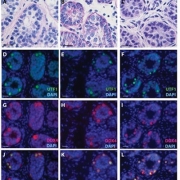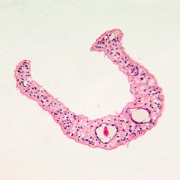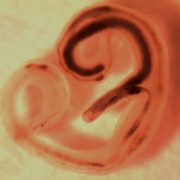Journal club, with a 140-character limit
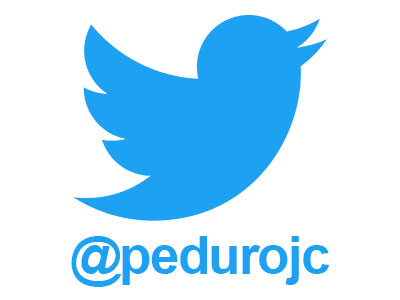
@perforin & @chrbayne have launched a new journal club focused on pediatric urology via Twitter, a platform that democratizes and distills the academic discussion.
Journal club is a rite of passage for nearly everyone who works in an academic laboratory. What might sound like an exclusive group of readers and authors united by a secret handshake is actually a regular meeting of scientists – faculty members and young trainees alike – who gather to discuss a highlighted paper in their field of expertise.
Some of these gatherings might involve a handful of people from the same lab; others might include a larger group from the same institutional department or division. Typically, one person presents a paper, sharing all the relevant details about a study’s methodology and conclusions. Afterward, everyone has the chance to pose questions, make comments and thoroughly discuss conclusions.
“It’s an excellent academic opportunity in terms of teaching and training of early career scientists and clinicians, and it remains useful no matter what stage you are in your career,” says Michael Hsieh, M.D., Ph.D., a urologist who directs the Clinic for Adolescent and Adult PedIatric OnseT UroLogy (CAPITUL) at Children’s National Health System who has participated in a heavy share of journal club meetings over the years.
But, what if journal club didn’t have to adhere to this traditional format? What if this academic discussion could move to a venue more fitting for the 21st century, more inclusive of scientists in different geographic locations, with varying viewpoints and expertise?
That’s what Dr. Hsieh and others are trying to accomplish with a new pediatric urology-focused journal club on Twitter. When Christopher Bayne, a second-year fellow training in pediatric urology at Children’s National under Dr. Hsieh’s mentorship, approached him with the idea, Dr. Hsieh said that he jumped at the chance.
Traditional journal clubs, the two explain, can be hindered by several factors. One is a tendency toward “group think,” Dr. Hsieh says – members of the same lab, or even the same institution, tend to have the same training and practices, so they’re less likely to feel comfortable introducing new ideas about these areas into the discussion. Journal club discussions also are limited by uncertainties about what a study author might have had in mind with their methodology and conclusions. Study authors are rarely included in the discussion, Dr. Hsieh adds.
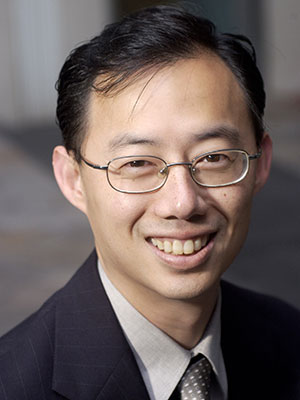
“It’s an excellent academic opportunity in terms of teaching and training of early career scientists and clinicians, and it remains useful no matter what stage you are in your career,” says Michael Hsieh, M.D., Ph.D., a urologist who directs the Clinic for Adolescent and Adult PedIatric OnseT UroLogy (CAPITUL) at Children’s National Health System.
Twitter, Bayne says, offers an easy way around these barriers. Rather than including just members of the same lab, their Pediatric Urology Journal Club (PUJC) can accommodate any registered Twitter user in their discussions. That means that any interested person around the world – researchers, clinician-scientists, other health care providers, as well as patients and their families, for example – can participate in the monthly discussions.
Participation also isn’t dictated by geography. During recent PUJC meetings, individuals joined the thread from Brazil, Ireland and Turkey. The meetings, sponsored by the Journal of Pediatric Urology, take place in the first days to weeks after the selected paper has been available under “open access,” giving anyone a chance to read it – even if they lack a journal subscription. This format enables all participants to join threads, erasing the restrictions of geography or busy clinical and research schedules.
Thus far, the meetings have included papers on:
- A comparison of the cost and complications of performing a surgery either robotically or through an open procedure to fix the tubes that connect the kidneys to the bladder in patients with a condition known as vesicouretal reflux, in which urine flows in the wrong direction.
- The pros and cons of treating varicoceles, enlarged veins inside the scrotum that potentially cause fertility problems. The condition is asymptomatic in adolescents.
- The importance of the diameter of the ureter, the part of the tube closest to the outside of the body that carries urine to be expelled, for resolving vesicouretal reflux, an abnormal flow of urine.
This new platform has attracted a core group of relatively young and young-at-heart devotees, Bayne says. He and other organizers have included study authors in every meeting thus far, often guiding older and Twitter-naive scientists through the process of creating an account.
And the typical 140-character limit Twitter imposes on comments known as tweets? “It might be counterintuitive,” Bayne says, “but I see the character limit as one of this journal club’s biggest strengths.” This cutoff encourages discussion members to distill their thoughts, often including two or three distinct points, into concise and deeply meaningful statements. “Participants have really latched on to the efficiency of this approach to learning about a topic and having a lively discussion.”
Thus far, their approach has been increasing in popularity. Their very first PUJC meeting in February 2017 attracted a modest number of just 24 active participants who sent 310 tweets, but generated nearly 136,000 impressions, or views.
The researchers plan to continue the monthly PUJC meetings through the Twitter handle @pedurojc. You can follow updates from Dr. Hsieh on his handle: @perforin and updates from Bayne’s on his: @chrbayne.






